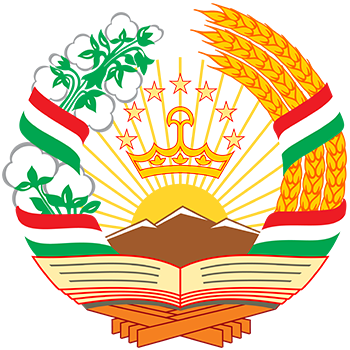Transport and Logistics Sector
The transport complex of the Republic of Tajikistan encompasses road, rail, and air transport and includes the management of highways.
The country has 4 international airports and dozens of local airports, approximately 900 km of railway lines, 13,968 km of public roads, and 12,791 km of private roads, all functioning under necessary conditions to serve the population and the economy.
Considering the importance of the sector and the need to ensure access to regional and global markets, overcoming the communication deadlock was declared one of the strategic goals of the state, and the Government has taken numerous steps to achieve this goal. In particular, during this period, through large-scale public investment projects, dozens of kilometers of highways, 300 kilometers of railway lines, 5 major tunnels with a total length of more than 20 kilometers, dozens of large bridges totaling 5 kilometers, including 5 bridges across the Panj River on the border with Afghanistan, and other important sectoral infrastructure facilities were built. Work in this direction is being systematically continued.
Due to the special natural and climatic conditions of the republic, where 93 percent of the territory is mountainous, road transport holds a strategic advantage over other types of transport, especially in ensuring regular internal transportation and covering all regions of the country.
Along with the development of road transport, the expansion of the railway network, as the largest carrier in international transportation, has also been identified as an important factor in the country’s transport structure.
The state is creating conditions for the formation of modern, well-equipped multimodal freight hubs integrating air, rail, and road transport.
There are numerous opportunities for the development of logistics infrastructure, especially "green" infrastructure, considering the introduction of digital technologies to ensure uninterrupted transit corridors.
Investments in the transport and logistics sector of Tajikistan may be attractive to investors in the following areas:
1) Infrastructure investments: construction and modernization of logistics centers, warehouses, distribution hubs, development of transport hubs — ports (abroad for Tajikistan's needs), airports, railway stations, creation of intermodal terminals for effective connection of different modes of transport.
2) Transport means: purchase or lease of transport vehicles — trucks, trains, or airplanes; investments in the electrification of railway lines and vehicle fleets (trucks, hydrogen, etc.) based on "green logistics."
3) IT and digital solutions: WMS, TMS, ERP systems, digital platforms for supply chain management, investments in startups developing technologies for cargo tracking, process automation, and route optimization, IoT and Big Data for transport monitoring, demand forecasting, etc.
4) Financial instruments: purchase of stocks or bonds of logistics companies, venture investments in startups in the logistics technology sector, investment funds (ETF or REIT) in the transport and logistics sphere.
5) Outsourcing and franchising: investing in logistics franchises, such as express delivery and courier services, creating 3PL or 4PL operators capable of providing comprehensive logistics services.
6) "Green" logistics: alternative energy infrastructure — charging stations, solar rooftops on warehouses, investments in packaging recycling, and optimization of transport flows to reduce waste.

 Русский
Русский 7 250
7 250 